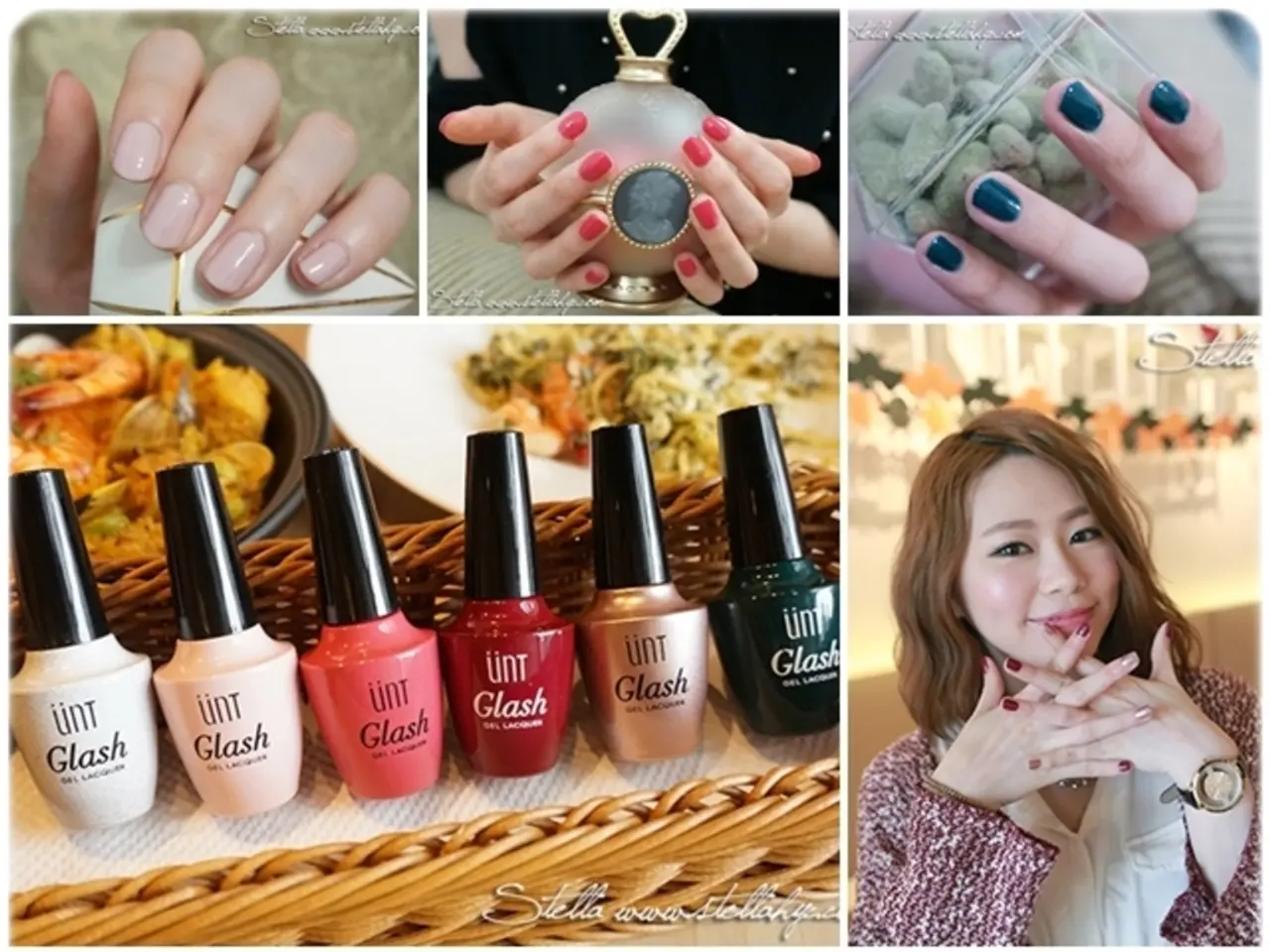Enhancing Your Car's Luster for a Dealership-worthy Glow
Polishing Your Car: A Guide to Choosing the Best Car Polish
Polishing your car can transform a dull finish into a mirror-like surface, and with the right tools and products, the process can be made easier. Here's a guide to help you choose the best car polish for specific paint types and conditions.
Identifying Your Paint Type
The first step is to identify the type of paint on your vehicle. Common automotive paint types include urethane with clear coat, acrylic lacquer, single-stage enamel, metallic, pearlescent, matte finishes, and water-based paints. Each has distinct characteristics requiring different polish approaches.
Urethane/clear coat paint, for example, is durable and common, best suited for moderate polishing to remove scratches while maintaining the clear coat. Acrylic lacquer, typically found on vintage cars, requires gentle polishing due to its softer nature. Matte finishes need specialized, gentle polishes without wax or gloss enhancers to avoid altering the matte appearance.
Assessing Paint Condition
Assessing the condition of your paint is crucial. For minor swirl marks or light oxidation, a fine polish or one-step polish can restore gloss without aggressive abrasion. Heavier scratches or oxidation may require a more abrasive cutting polish followed by a finer polish or glaze to restore shine and clarity. New or well-maintained paint only needs light polishing or even a simple glaze to maintain its finish.
Matching Polish Aggressiveness to Paint Durability
Hard, modern urethane clear coats tolerate more aggressive polishing. Softer or older paint types require milder polishes or reduced abrasive action.
Considering the Polish Type and Additional Products
One-step polishes combine cutting and finishing but might not suffice for severe defects. All-in-one polishes combine polishing and protection for easier maintenance but may not be ideal for deep correction. After polishing, sealants or waxes such as carnauba (for a warm glow) or synthetic sealants (for longer protection) help preserve the finish.
Following Product Recommendations
Always follow product recommendations or test on a small area first to ensure compatibility and desired results. A detailing coach advises investing in one quality all-rounder before expanding the kit.
Polishing Techniques
Manual polishing demands precision using overlapping circular motions. Machine polishing saves time and delivers even pressure, reducing swirl marks compared to hand application. Start with lower speeds when using a machine polisher until you master pad control. Rotate towels frequently during manual polishing to prevent product buildup.
Safety First
Always wear safety goggles with machine polishing. Contaminants like dirt or tree sap should be removed before polishing to avoid causing swirls. Create a dedicated workspace with proper lighting when using polishing kits.
Choosing the Right Tools
Quality kits include applicators, compounds, and microfiber towels arranged by usage order. Experienced detailers might prefer customizable systems. Auto Finesse simplifies selection with color-coded products for every task.
Special Considerations
In sunny regions, UV-protective blends for car polishes are essential. Coastal areas demand salt-resistant formulas for car polishes. Not all products are compatible with all paint types. Always check labels for compatibility to avoid damaging the vehicle's exterior.
Maintenance and Protection
Proper use of polishing compounds extends protection layers' lifespan. After polishing, apply a suitable sealant or wax. Budget-conscious individuals should focus on multi-purpose products. Dedicated metal polishes prevent pitting on chrome, while wheel cleaners combat brake dust.
In summary, the best car polish depends first on identifying your paint type and condition—soft or matte finishes need gentle, specialized polishes; durable clear coats can handle more cutting polishes for defect removal. Always balance polish aggressiveness with paint sensitivity, and finish with an appropriate wax or sealant tailored to your desired finish and protection level.
- When dealing with water-based paints, it's crucial to choose a gentle polish without harsh abrasives to prevent altering their matte appearance, just as you would with a lifestyle that emphasizes sustainability and mindfulness.
- For those who enjoy sports and have a taste for luxury, consider enriching your car's appearance by opting for a carnauba sealant, reminiscent of the premium luster often seen in fashion-and-beauty products.
- When preparing meals for family and friends, invest in quality all-rounder kitchen equipment, similar to choosing a one-step polish that combines both cutting and finishing for easier maintenance—ensuring consistent outcomes, whether in food-and-drink or automotive care.




